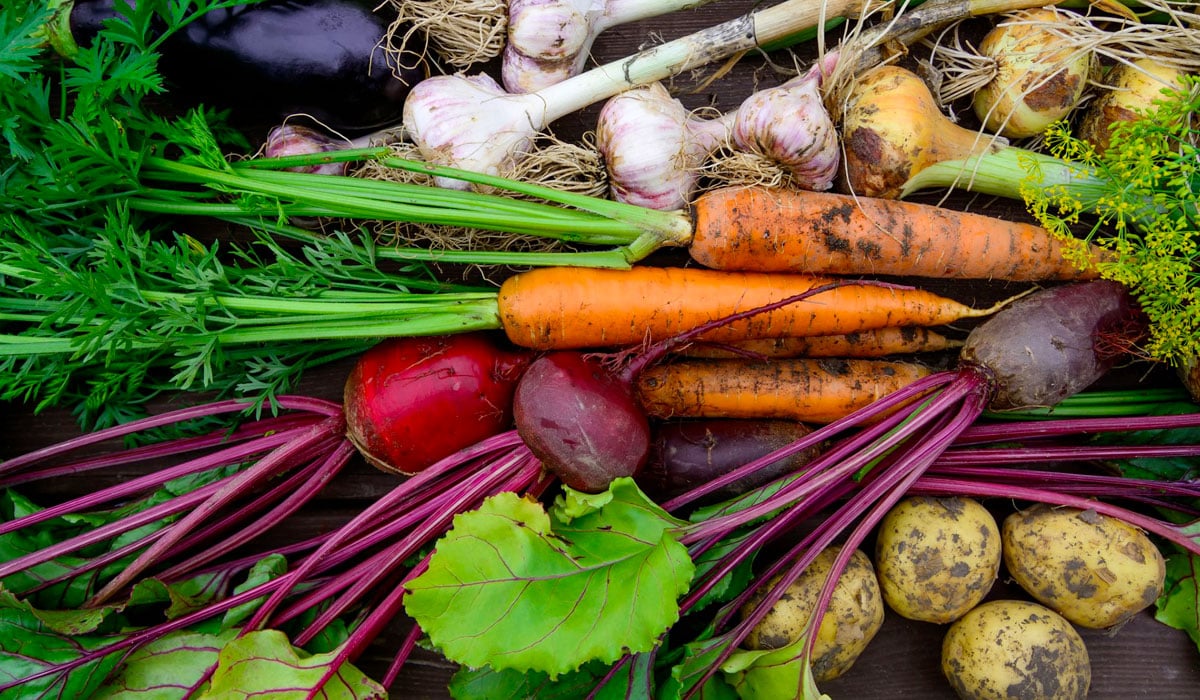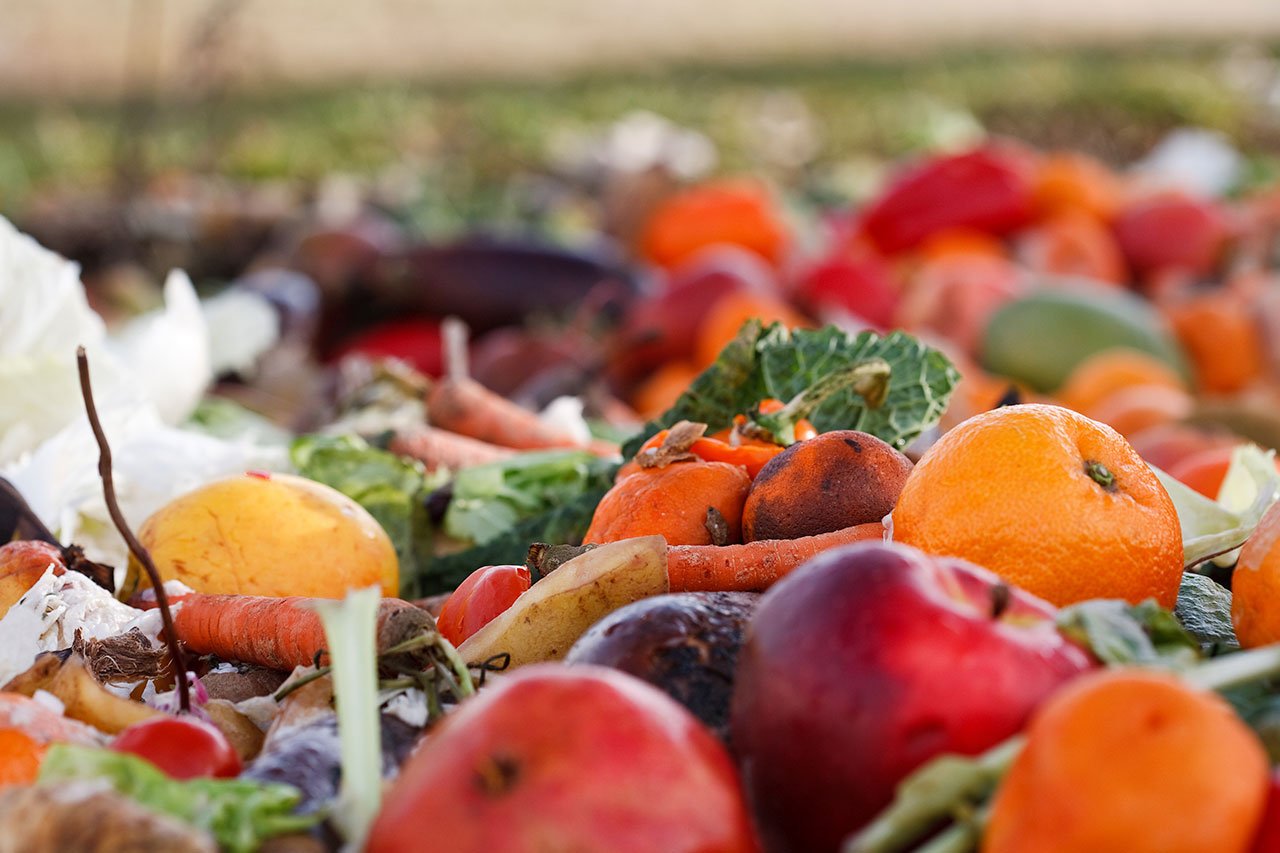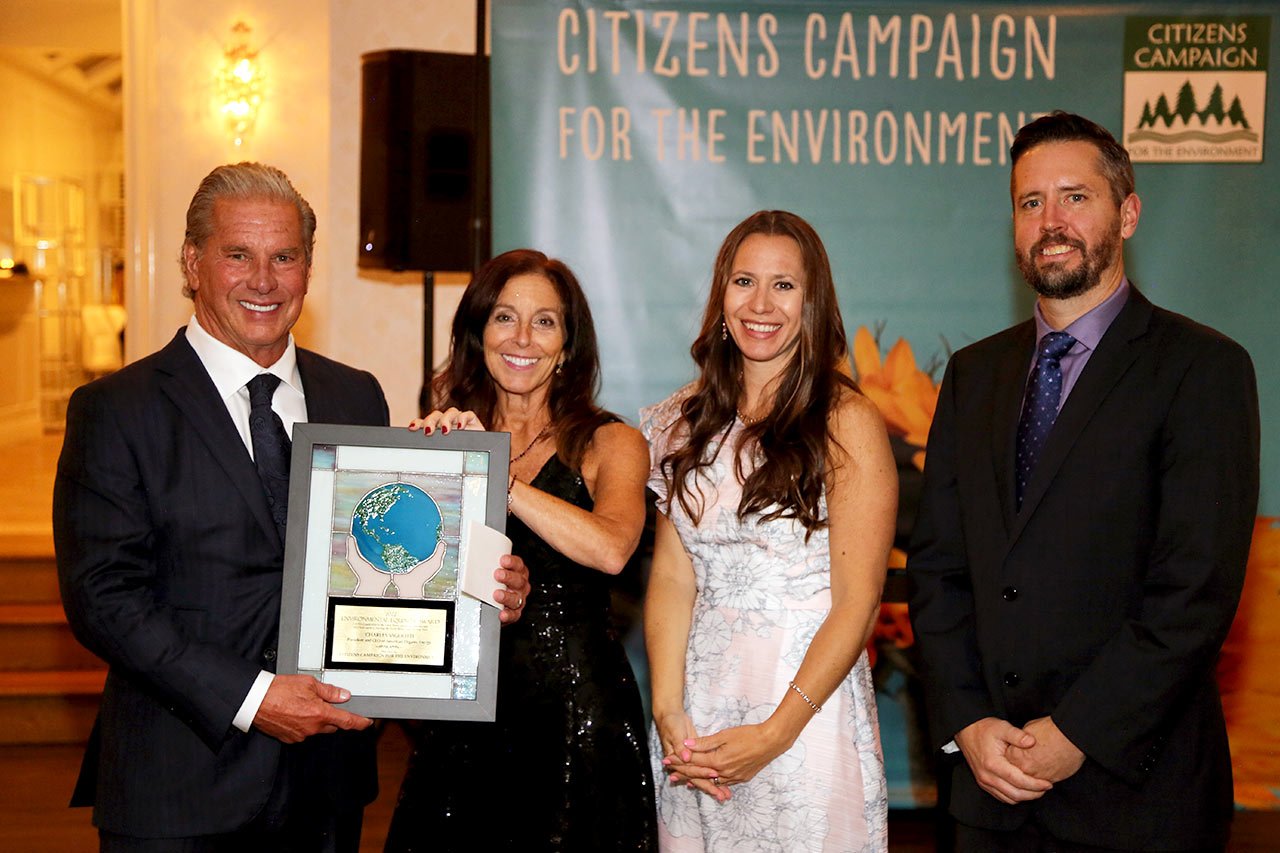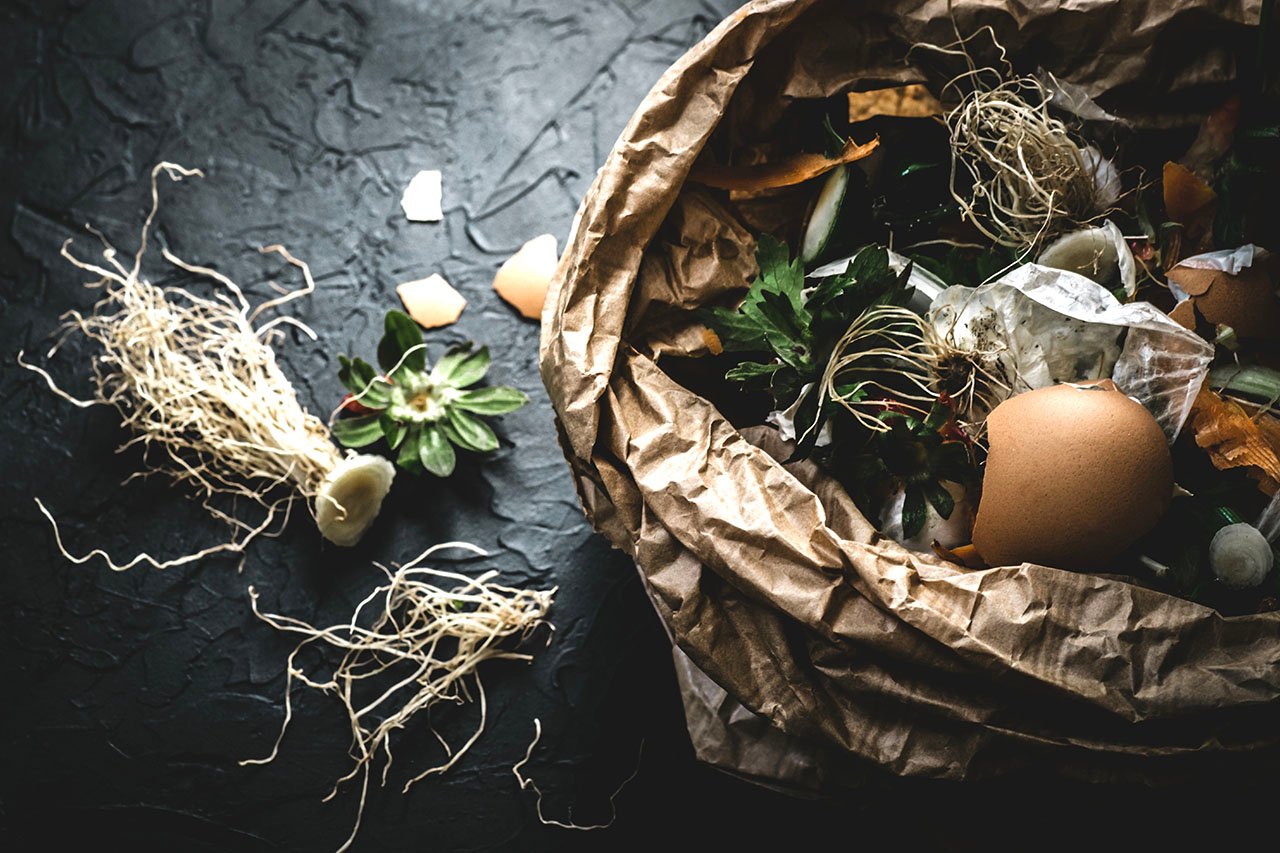While those in the Northeast may be used to cooler temperatures spelling the end of organic gardening efforts, this doesn’t have to be the case.
By timing your planting according to regional hardiness zones and planning ahead, your garden may be better equipped to weather the changing climate, able to serve as a resilient food supply in the face of rising environmental challenges worldwide.
Mapping Out Your Garden Key to Longevity
While the growing season typically runs from mid-March through October in the New York metropolitan area, each month provides its own unique window for seeding, planting, and harvesting, beginning with seeding spring vegetables indoors as early February.
By implementing rotation planting—allocating one to two vegetables and a cover crop to each section of the garden, and then diversifying to a different plant family the following year—gardeners can avoid the build-up of soil-borne diseases and pests that tend to materialize over time when plots remain stagnant.
Cover crops are commonly broken down into the following categories: winter kill, those which die off in the cold, but have sufficient biomass to protect the soil; over wintering, those designed to improve the soil’s organic matter and subsequent fertility, and suppress cool-season weeds; and summer cover crops, those reducing soil compaction over time.
Take Note of Planting Zones to Optimize Crops
New York City and Long Island are part of U.S. Department of Agriculture (USDA) Plant Hardiness Zone 7, with the first frost date typically falling around October 27 and the last near April 13. As such, the planting schedule for vegetables in this region—running from indoor seeding through planting/transplanting through harvesting—is as follows:
- Beans — April through mid-October
- Beets — March to May; August to October
- Broccoli — mid-February to May; August to mid-November
- Brussels Sprouts — mid-April through mid-September
- Cabbage — March to mid-June / mid-July to October
- Carrots — March to mid-June; August to October
- Cauliflower — mid-February to May; August to mid-November
- Corn — May through August
- Cucumbers — May through August
- Kale — March to May; August to mid-November
- Lettuce — March to May; August to October
- Onions — March through August
- Peas — mid-February to mid-May; mid-August to mid-November
- Peppers — March through September
- Spinach — March to June; August to mid-November
- Squash — May through mid-October
- Tomatoes — March through September
Creative Ways to Extend Your Harvest
For those looking to expand their harvest to year-round, there are a few proven methods to accomplish this, one being making a point to preserve seeds from the best-looking plants in the garden. These can be vegetables, flowers, or herbs, but should be those of the self-pollinating variety such as beans, peas, heirloom tomatoes and lettuce; no more than five or six species at a time is recommended.
Once harvested, these seeds should be stored in glass jars to protect from insects and rodents, and labeled with their respective names, harvest dates and origins. When kept in a cool, dark place, these seeds can last many years, serving as a resilient source of food in the face of unknown weather patterns and environmental factors.
Another option is constructing your own sun-heated greenhouse to provide an insulated shelter for plants that would otherwise not survive the season, enabling seedlings to prosper and grow.
The Organic Solution
Of course, cultivating a successful organic garden begins with the soil, an area American Organic Energy and Long Island Compost have a wealth of knowledge in, as their veteran team of soil scientists works to craft custom blends optimally suited for the evolving New York metropolitan climate zone.
Learn more about the process, the science involved, and how it can benefit your garden for many years to come.
